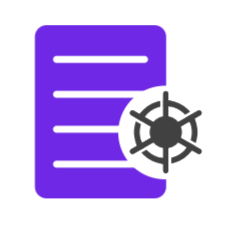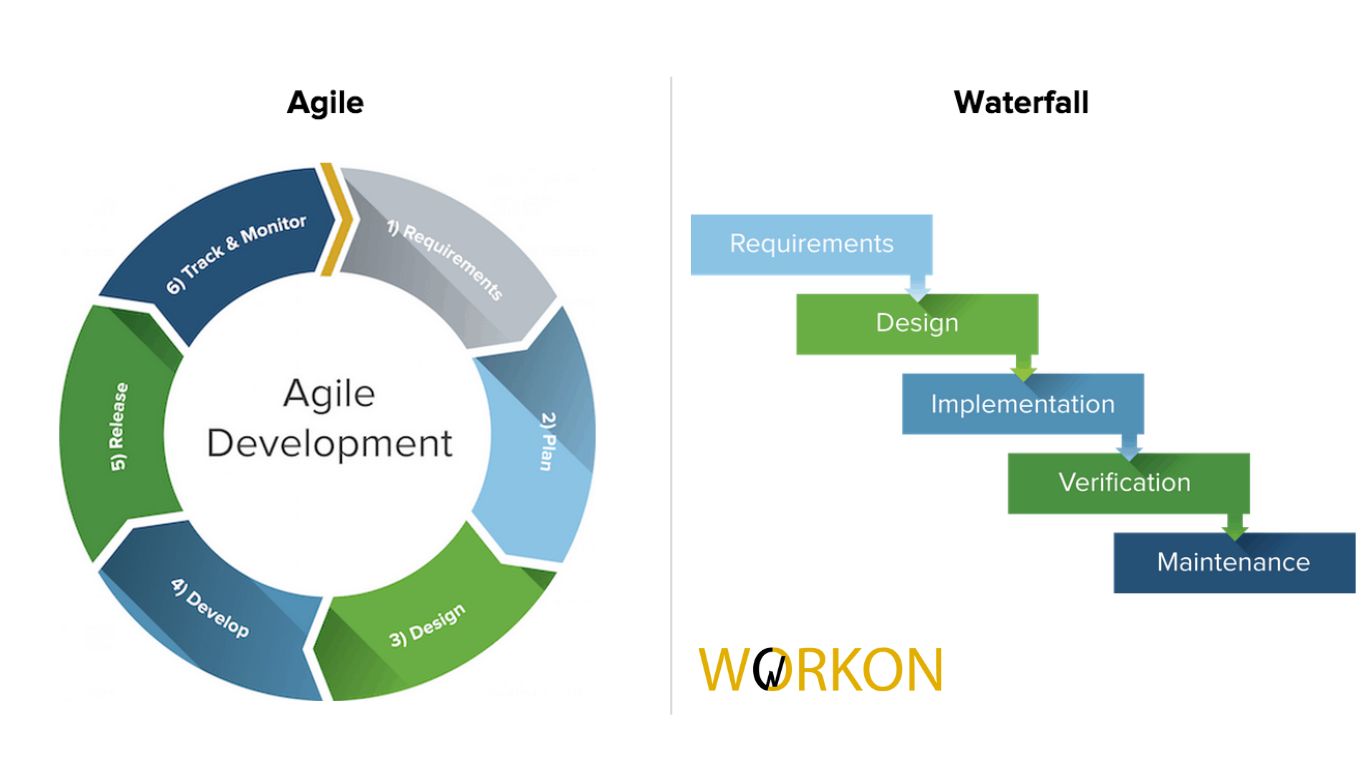What is waterfall project management
Waterfall project management is a traditional project management methodology that follows linear and sequential ways to completing a project. It is characterised by distinct phases, which must be completed one by one.
The typical phases in waterfall project management are:
- Requirements Gathering: the project requirements are defined and documented based on the client’s needs and expectations.
- System Design: A detailed system design based on the requirements by the project team. This includes identifying the necessary hardware, software, and infrastructure components.
- Implementation: Next comes the actual development and coding of the project. The tasks are collated, divided into smaller units, and each unit is completed before moving on to the next.
- Testing: after completing the designated tasks, testing is conducted to ensure that the project meets the specified requirements. This includes functional, integration, and system testing.
- Deployment: After successful tests and improvements, the project is deployed or launched into the production environment.
- Maintenance: Once the project is live, ongoing maintenance and support activities are performed to address any issues, fix bugs, and make improvements in real time.
What is agile project management
Agile project management is an iterative and flexible approach to managing projects. It focuses on collaboration, adaptability, and continuous improvement throughout the project’s lifecycle.
The Agile methodology was initially intended for the software development industry but has since been applied to various others. Here, the project is divided into smaller iterations or time frames called sprints. Each sprint typically lasts from one to four weeks and focuses on delivering a product that performs consistently.
The key principles and practices of agile project management include:
- Iterative Development: The project is divided into smaller parts, hence making room for consistent progress and implementation of feedback.
- Cross-Functional Teams: Agile teams are usually cross-functional as members bring different skills and expertise necessary to oversee the project.
- Customer Collaboration: Customer insight and feedback are essential throughout the project lifecycle to ensure that the results meet their needs and expectations.
- Adaptive Planning: Agile projects embrace change and recognize that requirements can evolve. Hence, planning is done in shorter cycles, allowing for flexible adjustments and reprioritization based on feedback and changing circumstances.
- Daily Stand-ups: Team members have daily meetings to discuss progress, challenges, and goals, to promote communication and alignment within the team.
- Retrospectives: At the end of each iteration, the team reflects on work done, identifies areas for improvement, and adjusts their processes accordingly.
Project management methodologies, such as Scrum, Kanban, and Extreme Programming (XP), provide frameworks and guidelines for implementing agile practices effectively.
Agile vs Waterfall comparison
- Planning:
- Waterfall: follows a linear and sequential approach to planning projects. This includes gathering all requirements upfront, and creating a detailed plan.
- Agile: takes an iterative and incremental approach with creation of plans for shorter iterations or sprints, flexibility to adapt and adjusting requirements based on feedback and changing priorities.
- Flexibility and Adaptability:
- Waterfall: less flexible and adaptable to changes once a phase is completed as changes require going back to earlier phases, which can be time-consuming and costly.
- Agile: highly adaptable and encourages flexibility for adjustments and reprioritization at the end of each iteration. Agile teams can respond quickly to feedback, new insights, and changing customer needs.
- Project Structure:
- Waterfall: projects are divided into phases where progress is tracked and tasks are completed one by one.
- Agile: projects are organized into shorter sprints to deliver a working product.
- Team Collaboration:
- Waterfall: involve segregated teams where members contribute individually, hence, communication and collaboration between team members may be limited.
- Agile: promotes collaboration where members with different skills work together, making collective decisions.
- Customer Involvement:
- Waterfall: Customer involvement is limited to the initial development phases. Changes may be challenging to accommodate once the project is underway.
- Agile: encourages active customer involvement as customer feedback is sought and incorporated.
- Risk Management:
- Waterfall: Risk management is addressed in the planning phase, with risks identified upfront rather than later.
- Agile: incorporates risk management continually identified and adapted to as they arise.
Which one to pick, when?
Agile project management is suitable for projects with dynamic or changing, uncertain or complex requirements whereas waterfall project management is for projects with predictable outcomes and minimal changes expected.
Not sure which one works for you? Try out WorkOn by BIGWORKS which lets you combine seamless project management, collaboration in the team, as well as goal tracking.





